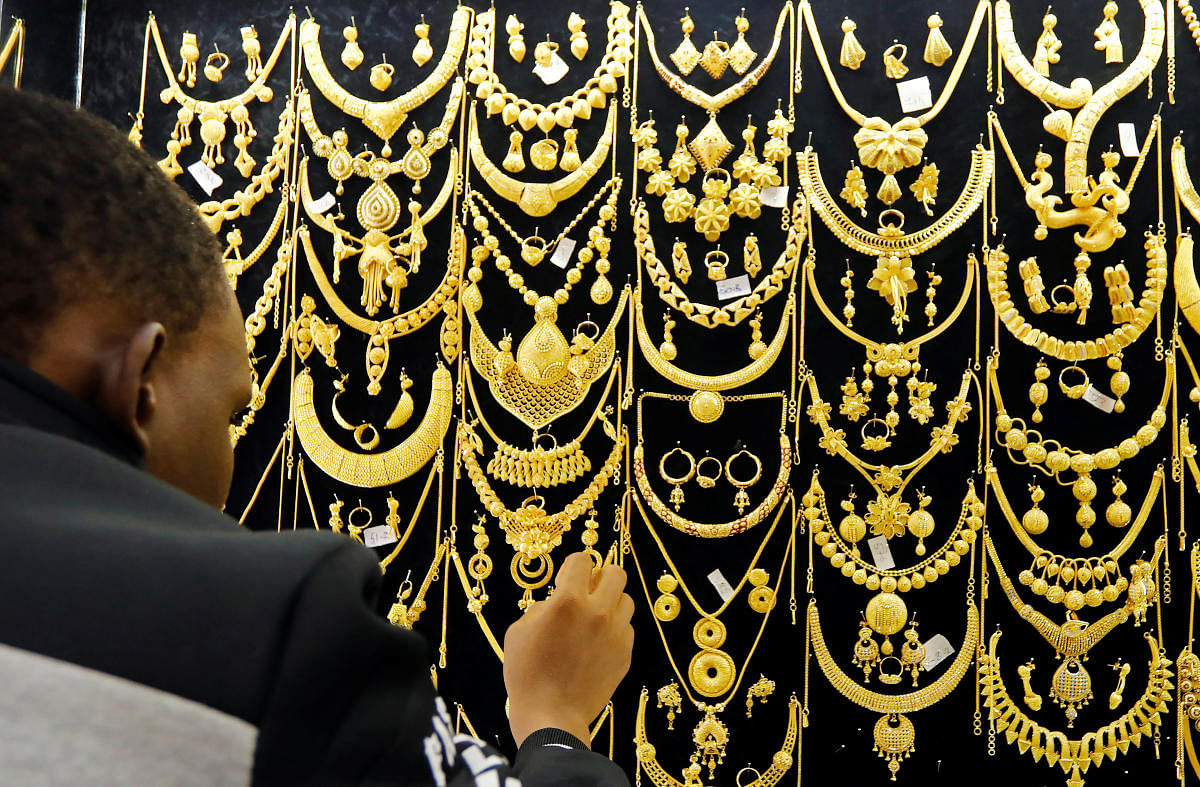
India's gold loan market is expected to reach Rs 4,617 billion by 2022 at a five-year compounded annual growth rate of 13.4 per cent, a KPMG report said.
The 2018-19 fiscal year saw gold loan companies aggressively expanding their branch network across the northern and eastern states in the country, it said.
"Moving forward, these companies are expected to focus on optimising their asset utilisation and leveraging their existing branch infrastructure to maximize the branch-level AUM and customer outreach," KPMG India said in the report 'Return of gold financiers in India's organised lending market'.
The emergency of the online and digital models in the gold loan space by NBFCs and new-age fintech players that offer gold loans at the customers' doorstep have opened up an untapped market among digitally enabled customers, it said.
The industry incumbents are expected to "invest more" in developing "digital onboarding capabilities" that are critical to capturing this segment of tech-savy customers, it added.
The organised gold loan market comprising of banks, Non-Banking Financial Company (NBFCs) and Nidhi companies contribute to nearly 35 per cent of Indian gold loan market.
According to the report, today's gold loan companies are competing not just against other players but against financial services providers too.
While the size of the unorganised gold loan sector, which is estimated to be three times the size of the organised sector, may imply significant growth potential and it is actively being encroached upon by financial services players that offer unsecured loans, it said.
In the last few years, the major gold loan players have achieved geographical saturation and are now exploring other financial products such as microfinance and SME loans to maintain growth.
The report further said that customers who previously had to pledge gold to fund their emergency cash shortages, consumer durable purchases and holidays now have a risk-free avenue to source funds without providing any collateral.
"Lenders today are partnering with fintech companies to leverage the advancement in technology for developing enhanced underwriting capabilities that are agnostic to the availability of customer credit history," it said.
With the arrival of more robust technological platforms and underwriting systems, the utilisation of unsecured loan products such as personal loans, credit card loans and consumer durable loans has been growing in popularity, it added.
Noting that the key challenges faced by gold loan market are gold price volatility and liquidity stress in NBFCs, the KPMG report said as 2019 saw prices of the precious metal reaching an all-time high, gold loan companies will be "more conservative" in their approach towards disbursing loans until prices stabilise.
These companies will continue to promote low loan to value (LTV) ration and low-tenure loans so that the risk of volatility in gold prices is reduced and prevent an LTV breach, it said.
Although global gold prices are forecast to reduce over the long term, the gold loan market is expected to demonstrate high growth potential as banks are becoming more selective and stringent in credit disbursement. Unlocking new geographies, such as the northeast, will also add to the growth story, it added.
According to the report, gold loan NBFCs will continue to be frontrunners in this journey equipped with quicker decision-making, faster adoption and capturing new markets will give them a natural advantage compared to banks.